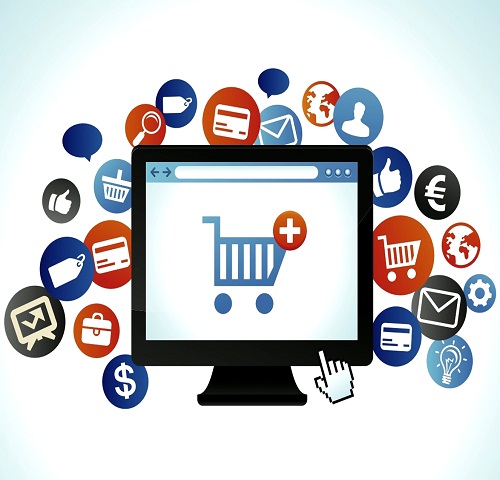The recent pandemic has forced both consumers and retailers to abandon bricks-and-mortar stores and transact online, but many brands were ill-prepared for the sudden influx of shoppers on their platforms.
As sales events were moved online, sites crashed or slowed down, many shoppers abandoned their efforts as platforms were not mobile optimised or took too long to load, causing significant churn. This cost businesses money, at a highly volatile time when they could ill-afford it.
While legacy eCommerce platforms were designed to comprise ‘add ons’ to a brand’s website, and were unable to scale for large or unexpected shopping events, the next generation of eCommerce platforms has been designed to be dedicated to eCommerce only, with open APIs, automated security and privacy, and easy scalability to cope with a sudden influx of shoppers.
Here are four key benefits of the next-gen eCommerce platform:
- Data migration
Moving to a new eCommerce platform can appear overwhelming, which prevents many brands from doing it. The assumption is that the business needs to be offline for months during migration, requiring a lot of out-of-scope work by IT to make the new platform usable.
However, the next generation of eCommerce platforms now have in-built proprietary data migration tools to import customers, products, orders, history, and custom fields (metafields), making them faster than traditional methods like uploading .csv files. These tools also provide a clear understanding of how data is mapped from one platform to another prior to migration, allowing brands to launch faster, with minimal downtime if any.
- Open API
The eCommerce platforms gaining traction now are the ones with open application program interfaces (APIs). Why? Because an open API lets brands build what they need on top of the platform and easily integrate the tools they already use.
An open API means platforms can talk easily to each other, better facilitating data transfer, so data isn’t siloed.
Using APIs, brands can associate product and customer IDs to a historical record, giving a full view of the customer and their transaction history across the business. That gives brands better insights into their customers and allows customisation.
- Ecommerce automation
The better eCommerce platforms also now have inbuilt automation tools for sales and workflows.
Ecommerce automation tools, when integrated as a part of a platform, provide a competitive advantage by assisting brands to scale faster. Sales, launches, new products and more can be switched on or off automatically, and items removed from sites once they are sold.
Automation also helps create custom workflows, to ensure valuable customer service staff are freed up to focus on customer-facing activities. Repetitive, manual, or time-consuming tasks can become simplified and streamlined, by using “trigger, condition, action” formulas. These formulas are then interpreted, stored, and executed automatically by the platform.
- Security for online payments
Trust is everything. Consumers demand the very best in privacy and security features to transact online and if a consumer is not confident with a site, the brand will lose business.
Latest platforms offer PCI compliance and verified security standards for handling online payments, all built into the platform. No one has time to be checking for and running constant updates. Level 1 PCI DSS compliance should come out-of-the-box and handle all updates and patches automatically, without the brand having to manage it. The best platforms cover the entire shopping experience, from storefront to admin.
Customer credit card, payment, and other sensitive information in operational data stores should be encrypted both in transit and at rest. As an added level of trust and security, a platform should offer a free extended validation secure sockets layer certificate (EV SSL).
Ecommerce platforms have come a long way, from being a simple payment window, to being a true business partner capturing and securing customer data to ensure ease of transaction, all on a brand’s own site.
Beyond the pandemic
The simple fact is, consumer preferences have shifted and more shopping behaviour will continue to move online, plus more shoppers will be browsing on their mobile devices from social sites – even after isolation. This trend, combined with brands’ shift towards direct-to- consumer (DTC), means the eCommerce builds of old will no longer be able to keep up with the pace of change.
Older platforms create pain points, which causes customers to abandon their shopping efforts. Consumers now want to browse and complete transactions with minimal clicks, and without being shuffled to other sites. No one can afford for their eCommerce platform to be a cost centre, and yet that is what many are.
eCommerce platforms have come a long way, becoming a true partner, by facilitating sales, automating processes, and being agile enough to cope with downturns and upswings, meeting consumers where they are, on any device, without lags or slow load times.
The next generation of eCommerce platforms has been designed to be seamless, through the use of data migration solutions, open APIs, cloud-based hosting, Level 1 PCI DSS compliance, automation, and tech stack integration. It’s the smart, future-thinking businesses that are moving away from legacy platforms into this exciting new eCommerce environment, to better serve their customers and their bottom line.
Source: techwireasia










